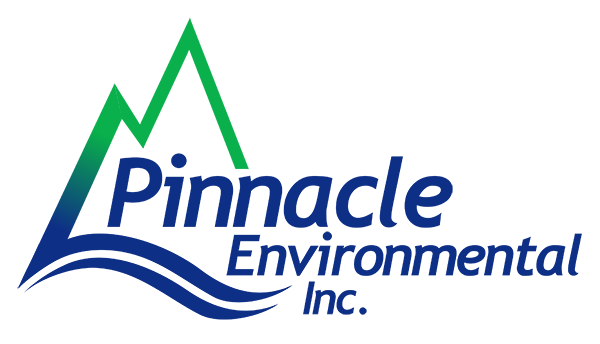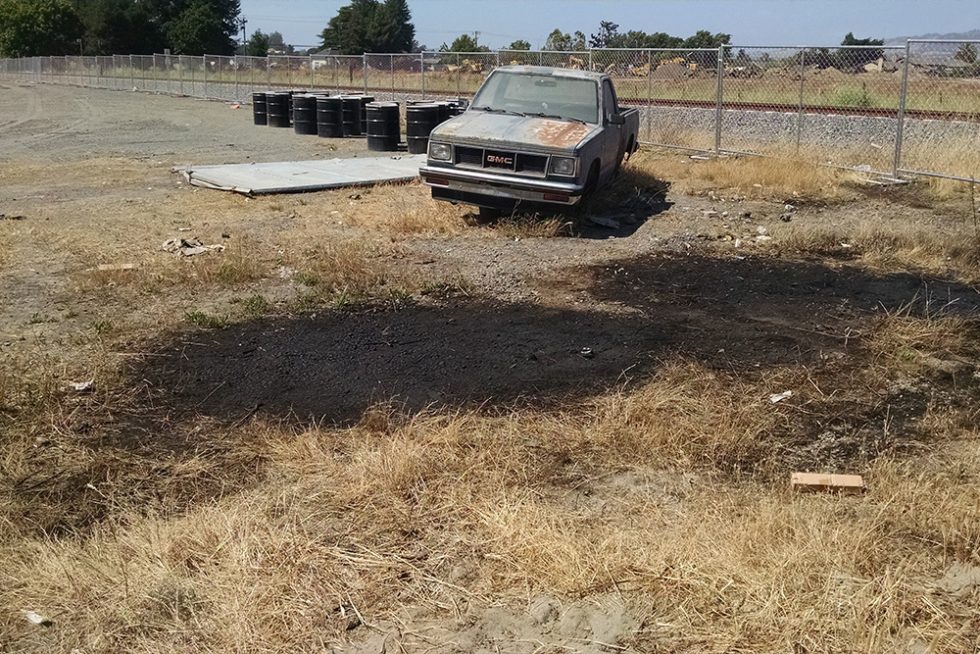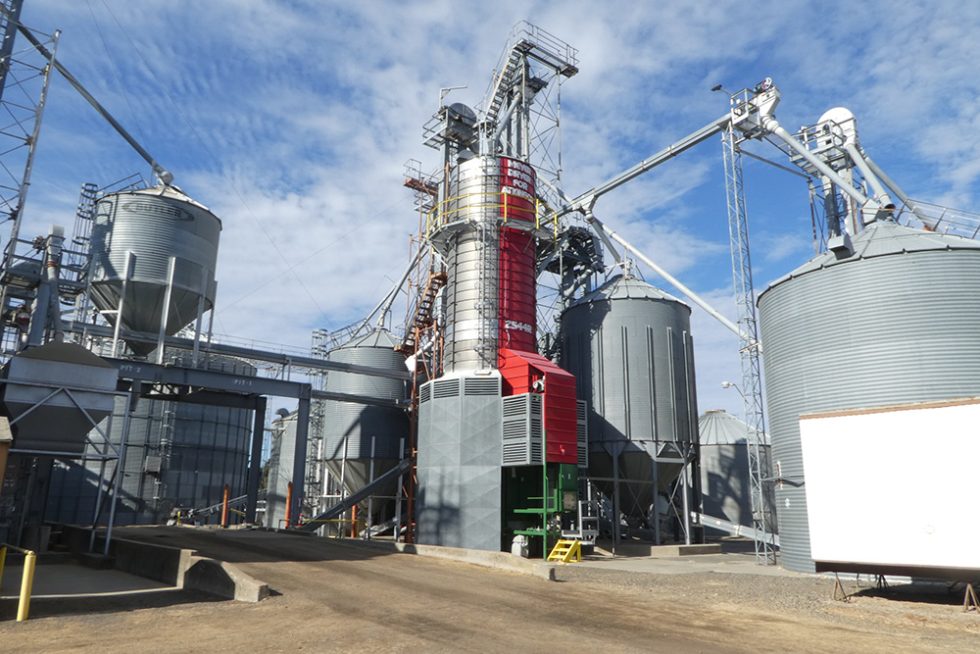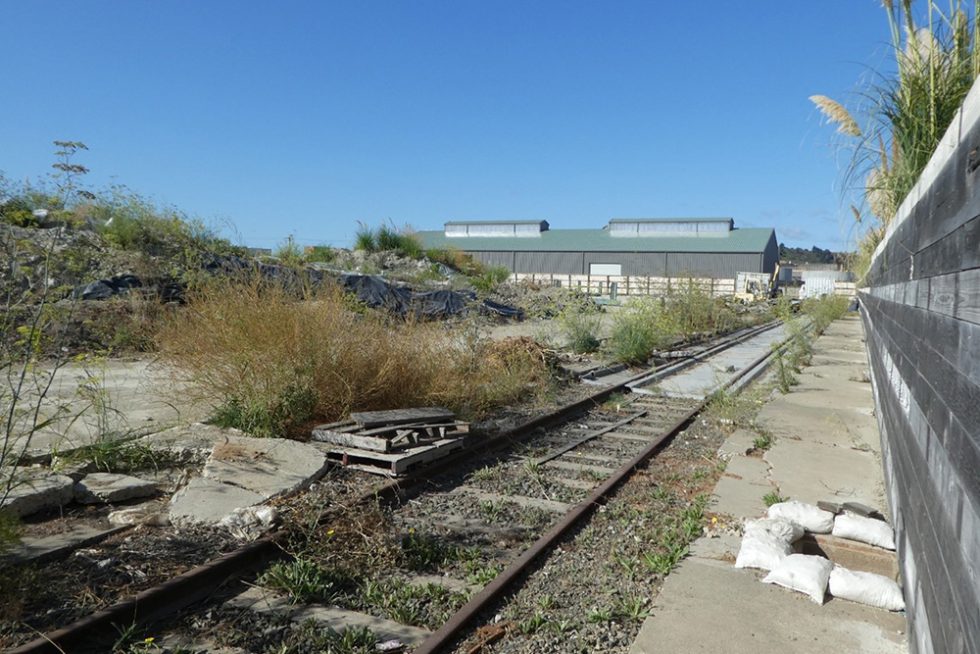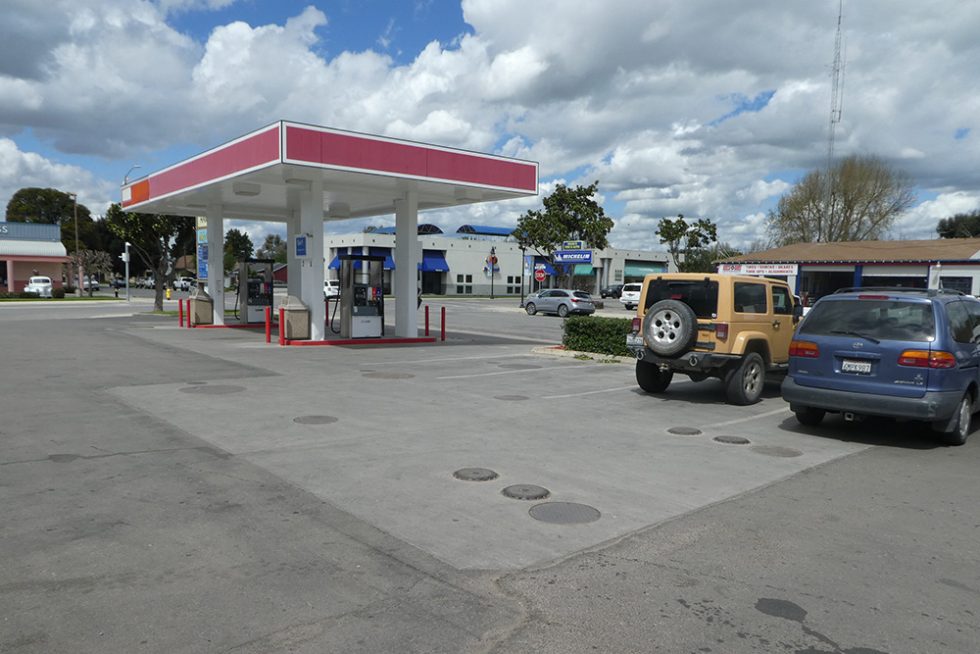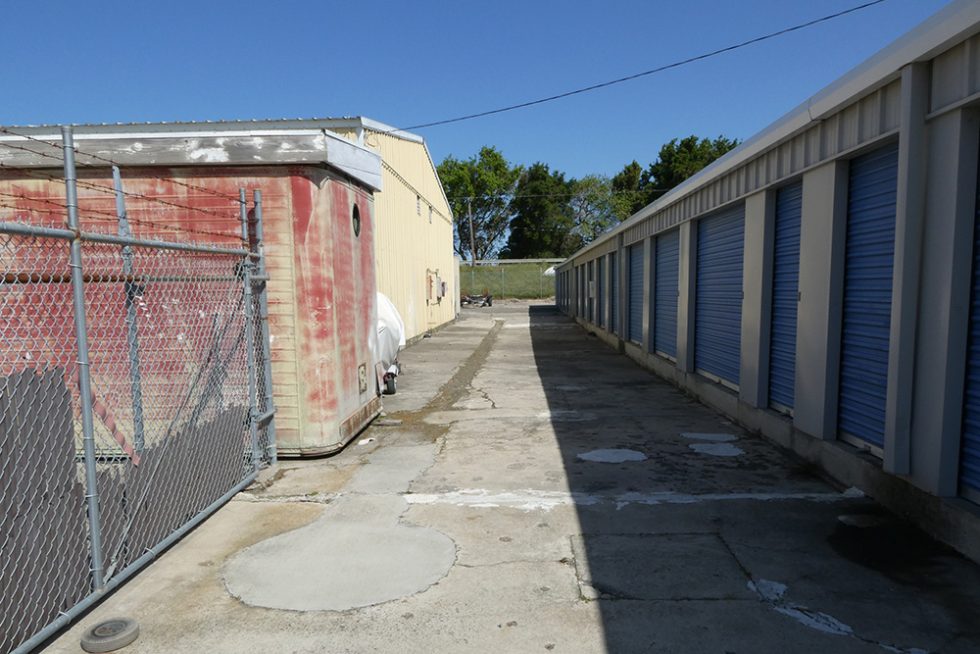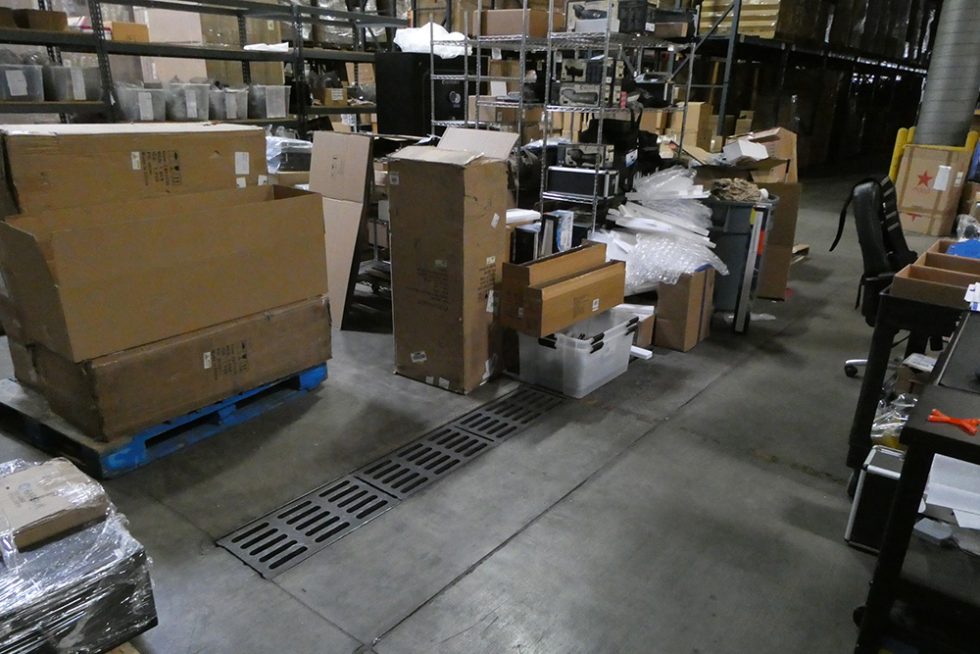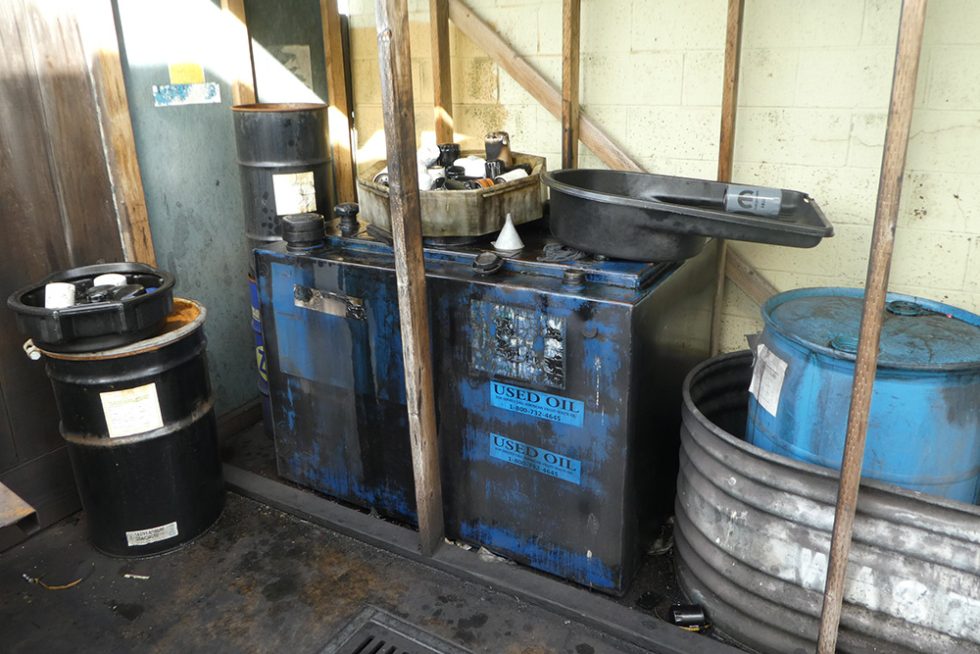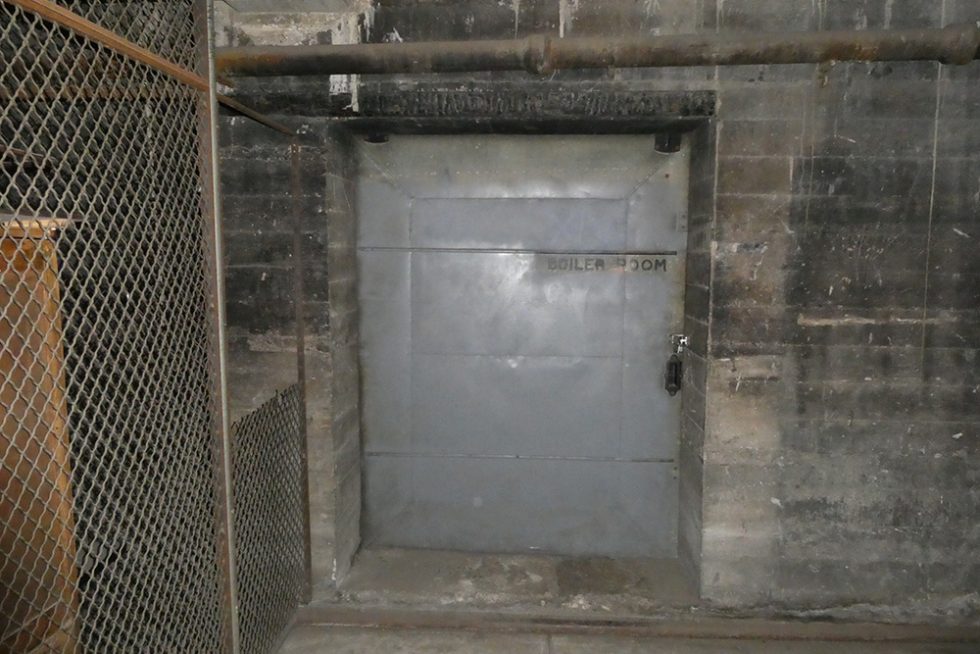Phase I Environmental Site Assessment (ESA)
Phase I Environmental Site Assessment (ESA)
A Phase I Environmental Site Assessment (ESA) is a preliminary investigation conducted to assess the potential for environmental contamination at a property. This assessment is typically conducted when a property is being sold, purchased, or refinanced or when a property owner or buyer wants to determine potential environmental liabilities associated with a property.
The Phase I ESA is conducted in accordance with the ASTM E1527-21 standard, which provides a standardized methodology for conducting environmental due diligence. The assessment is performed by an environmental professional with experience in conducting Phase I ESAs and a thorough understanding of the relevant regulatory requirements. Pinnacle’s final report will provide a summary of the findings
What are the steps involved in a Phase I ESA?
The primary goal of a Phase I ESA is to identify potential environmental liabilities associated with a property by conducting a thorough review of the property’s history and current condition. The process of a Phase I Environmental Site Assessment typically involves several steps, which are generally summarized below:
-
- Planning and Research: The first step in a Phase I ESA involves planning and research. This includes reviewing available historical records and maps, conducting interviews with current and former property owners, and performing a site visit to assess the current condition of the property.
- Site Inspection: The second step involves conducting a thorough site inspection to identify potential sources of contamination. This includes examining the property and surrounding areas for signs of past or present environmental contamination, such as abandoned tanks, spills, or other hazardous materials.
- Document Review: The third step involves reviewing available documents related to the property, such as property records, permits, and regulatory agency files. This can help to identify past or current environmental issues that may affect the property.
- Data Analysis: The fourth step involves analyzing the data collected during the previous steps to identify potential environmental risks or liabilities associated with the property. This may involve comparing the site data to regulatory requirements and guidelines to assess whether remedial action is necessary.
- Report Preparation: The final step involves preparing a Phase I ESA report that summarizes the findings of the assessment and provides recommendations for additional investigation or remediation that may be warranted, if any. The report will typically include a detailed description of the site, the results of the site inspection and document review, and conclusions or recommendations for further action.
The specific steps involved in a Phase I ESA can vary depending on the specific requirements of the client, the type of property being assessed, and the regulatory requirements of the jurisdiction where the property is located.
Who orders a Phase I ESA?
In general, any party that may be impacted by potential environmental liabilities associated with a property may benefit from a Phase I ESA. Some of these entities include:
-
- Property buyers: Prospective property buyers often request a Phase I ESA to assess potential environmental liabilities associated with a property they are interested in purchasing. The report can help identify potential risks or liabilities associated with the property and can inform their decision-making process.
- Lenders: Banks and other lenders may require a Phase I ESA before approving a loan for a property. This is because lenders want to ensure that the property is not at risk for potential environmental liabilities, which could negatively affect the value of the property.
- Property owners: Property owners may want to conduct a Phase I ESA to identify potential environmental risks associated with their property. This can help them address issues before they become more serious and costly to remediate.
- Regulators: Environmental regulatory agencies may require a Phase I ESA before issuing permits or approving development projects. This is to ensure that the development will not result in harm to the environment or public health.
What environmental concerns are identified by a Phase I ESA?
A Phase I Environmental Site Assessment (ESA) is conducted to identify potential environmental liabilities associated with a property. Here are some examples of environmental concerns that can be identified during a Phase I ESA:
-
- Soil and groundwater contamination: The assessment may identify the presence of hazardous substances in the soil or groundwater, such as petroleum products or heavy metals. These substances can pose a risk to the environment and may require remediation.
- Underground storage tanks: The assessment may identify the presence of underground storage tanks (USTs) on the property. USTs can leak, which can result in soil and groundwater contamination.
- Hazardous waste: The assessment may identify the presence of hazardous waste on the property. This can include chemicals, solvents, or other materials that require special handling and disposal.
- Air quality concerns: The assessment may identify air quality concerns, such as the presence of volatile organic compounds (VOCs) or other air pollutants. These can result from activities on the property or nearby industrial facilities and have the potential to pose a human health concern.
While not included in an The ASTM E1527-21 Standard Practice for Environmental Site Assessments typically outlines certain non-scope environmental issues that are not required to be investigated during a Phase I Environmental Site Assessment (ESA). These non-scope issues include:
-
- Asbestos in building materials that are not friable (able to crumble easily) or are not likely to become friable.
- Radon gas.
- Lead-based paint.
- The presence of wetlands and threatened or endangered species.
